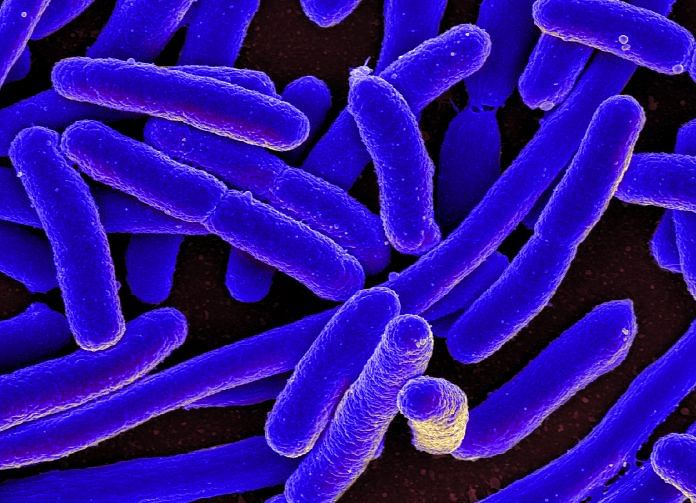There are other contenders to the tag, but their claim awaits conclusive evidence.
Bengaluru: Scientists have identified what could possibly be the oldest microfossils as definitively having biological origins, making them the earliest proven evidence of life on Earth.
The fossils from Strelley Pool, Australia, date back 3.4 billion years ago and show evidence of chemical characteristics very similar to modern bacteria, the researchers said. For context, the Earth itself is estimated to be around 4.5 billion years old.
The findings of the research, led by Dr Julien Alleon of the Massachusetts Institute of Technology, were published in Geochemical Perspective Letters, a European peer-reviewed journal.
What the oldest fossils on Earth are is a subject that’s up for much debate.
Most people picture fossils as prehistoric dinosaur bones dug up during arachaeological missions. However, they come in several forms, including through physical or chemical evidence of their existence, like alteration of rock chemistry or microscopic tunnels within them.
Also read: Calling Baker Street! IISc duo’s ‘power breakthrough’ has kicked up a Sherlockian mystery
These findings are also made by several different methods, and take into consideration factors such as the pressure and temperatures rocks were exposed to.
Fossils and a debate
The Strelley Pool microfossils have been heavily debated since their discovery in 2013. They were initially thought to be of biological origin, relying on sulphur for energy and growth, but then reportedly proven to not be a form of life.
The new study claims to have definitively proved the biological origin of the microfossils.
There are other old microfossils as well that scientists think could be the oldest evidence of life on Earth: 3.7 billion-year-old stromatolites from Isua, Greenland, and 4.1-billion-year-old Canadian microfossils.
However, the fact that the Strelley Pool microfossils are now considered without a doubt biological in origin makes them the current contender for the tag of oldest confirmed microfossil of biological origin.
Not only were these rocks — called ‘cherts’ — studied using the technique of X-ray absorption, there is plenty of evidence that these rocks were exposed to temperatures of well over 300°C for extended periods of time. Even so, they were found to contain ample, well-preserved nitrogen and oxygen-rich molecules.
A new challenge
The Isua and Canadian microfossils cannot be tested with this method, as they haven’t been exposed to high temperatures.
“There are a couple of important points which come out of this work,” said Alleon in a press release for the research.
“Firstly, we demonstrate that the elemental and molecular characteristics of these 3.4 Ga (giga-annum, a billion years) microfossils are consistent with biological remains, slightly degraded by the fossilisation processes,” he added.
“This effectively supports the biological origin of the Strelley Pool microfossils,” he added.
Alleon also said the other samples also needed to be examined to determine what exactly is the oldest known evidence of life.
“There are competing claims over which microfossils are actually the world’s oldest. This analytical strategy needs to be applied to other ancient samples to help settle the controversy,” he added.
Also read: When NASA probe kisses the Sun, a star will spill long-held secrets
“The techniques used here are not applicable to the older rocks that host the claims for the oldest terrestrial life, as these (Australian) rocks were exposed to much higher temperatures,” said Alleon.
“These samples include the stromatolites from Isua, Greenland and the Canadian microfossils. However, this work shows how quickly the field is developing and that new capabilities for testing and confirming earlier evidence of life are in reach,” he added.






